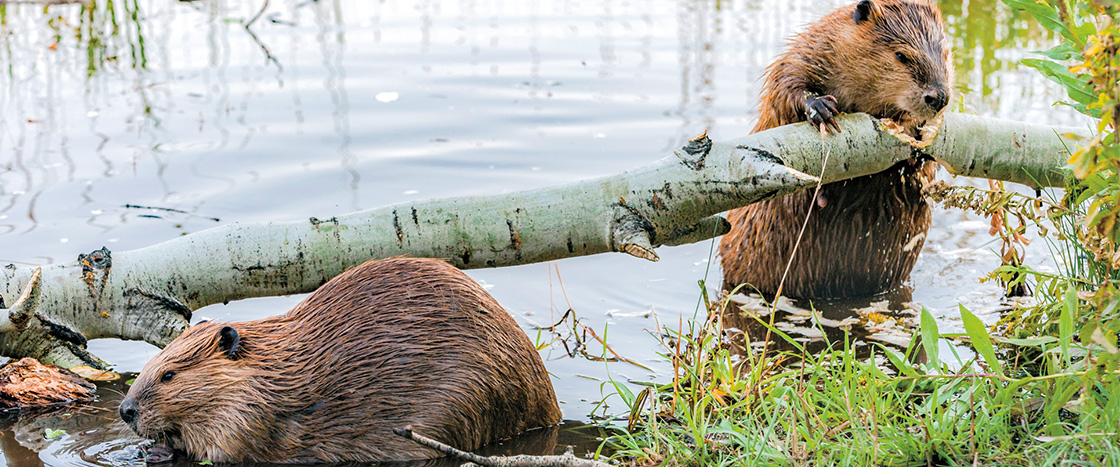Mike Sevigny hikes to a muddy pond near Seattle, Washington. He knows a beaver made it. His job is to bring the beaver to a place where it can be more helpful.
Sevigny is the wildlife manager for the Tulalip Tribes, a group of Native American tribes in Washington. Since 2014, his team has captured about 300 beavers and moved them to different streams. It’s part of an effort to restore wetlands in the area.
Mike Sevigny hikes to a pond. The pond is muddy. The pond is near Seattle, Washington. A beaver made the pond. Sevigny knows that. It is Sevigny’s job to bring the beaver to a different place. Sevigny will bring the beaver to a place where it can be helpful.
Sevigny is a wildlife manager. He works for the Tulalip Tribes. The Tulalip Tribes is a group of Native American tribes. The tribes live in Washington State. Sevigny’s team has captured about 300 beavers since 2014. The team moved the beavers to different streams. The team moves beavers to help restore wetlands in Washington.

